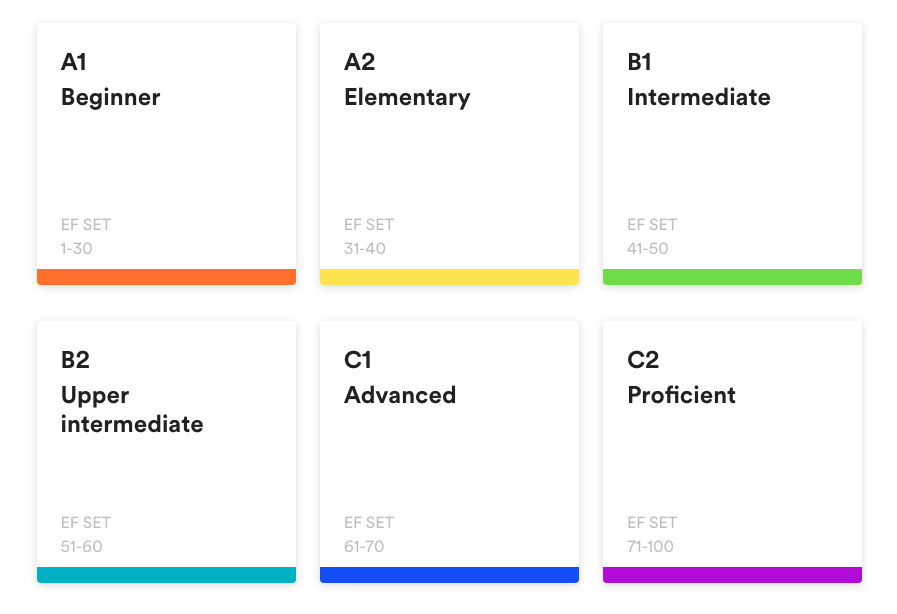I had my fair share of applying for jobs requiring knowledge of one or more foreign languages, as well as hiring for positions requiring knowledge of a foreign language.
One of the questions I asked the potential prospects is
“How do you self-assess your language skills based on the CEFR scale?”
They are people who just look at you with a blank stare and then they are the ones that just can tell you right away “I am B2 in French” or “I am C1”. With the latter response, I know they at least did a self-assessment. This assessment should ideally be recent. Another thing to note, is that a lof of university programs don’t do much to prepare foreign language graduates to more practical settings where communicative language requirements might differ. Great post here mentioning the particular example of the issues the U.S. State Department’s Foreign Service Institute had in hiring Foreign Service officers with language skills, quoting here:
“University degree programs focus on the historical, literary, and academic aspects of that language, rather than on the communicative competence that is of importance to an organization like the U.S. State Department and that forms the basis for the ILR Skill Level Descriptors that FSI’s tests are designed to measure.”
Why do you need to know about the CEFR?
Just saying you’re beginner, intermediate or advanced are far too broad of a description of your level to have much meaning, unless the employer doesn’t really require these skills you have and is asking as a formality. Not necessarily a good sign by the way.
“The levels are defined through ‘can-do’ descriptors.”

The CEFR is a system that is used to measure and describe language levels for foreign language learners based on the progressive mastery of each skill. It has been established and developed by the Council of Europe since 1991, the historical overview is available here.
The break down of the levels in a simplified way:

When I prepared my Master in French Didactics, in order to teach French as a Foreign Language, I had to basically work with this standard, and it was a must read. This standard is so comprehensive, it’s used worldwide and of course across the European Union. One of my teachers mentioned that in some cases it is used as a reference in the U.S. It’s a great way to assess the level of foreign language students so that teachers can lead their progress.
As I work in the United States now, in a setting where foreign languages are needed or used in the work place, I like to use this standard to evaluate a current or future employee to get a better understanding of their abilities in a said foreign language. For example if you are applying for a translation job, the requirement will differ from applying for a position where you just need to read a text in the language. The language tests will be different as well, and no matter what you will have to prove your abilities.
In order to self-evaluate yourself, use the following grid:

Below is the CEFR grid juxtaposed to the Cambridge English Scale:

To answer the question of this post: according to some, including Steve Kaufmann (video below) you would consider yourself fluent in a language if you reach level B2, that’s more likely to be true in the U.S. In Europe, where it’s more common to be bilingual or trilingual, your knowledge in foreign languages is also more crucial, so the requirements might be higher overall.
So in the European Union, it’s more likely to lean toward the C1 and C2 levels which are considered more “proficient”, based on the grid. C1 is often a minimum requirement if you seek admission in a Bachelor or a Master’s program in Germany or Austria for example, or for certain professions. See admission requirement and proof of german language proficiency for University of Vienna. Other universities can grant you admission based on a B2 level.
Read Sean Young‘s answer to At what stage can a language learner be considered fluent? on Quora


Leave a Reply